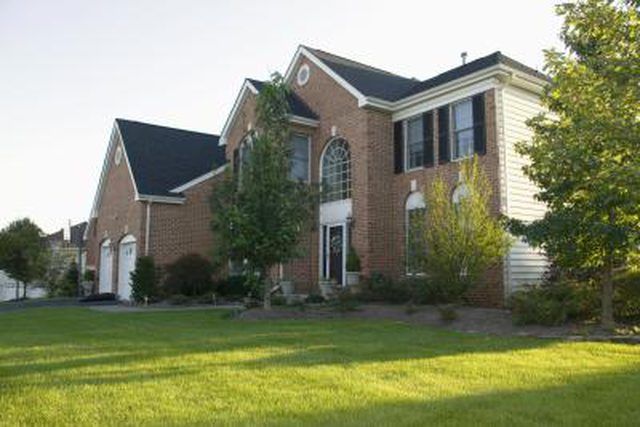Bulbs
Flower Basics
Flower Beds & Specialty Gardens
Flower Garden
Garden Furniture
Garden Gnomes
Garden Seeds
Garden Sheds
Garden Statues
Garden Tools & Supplies
Gardening Basics
Green & Organic
Groundcovers & Vines
Growing Annuals
Growing Basil
Growing Beans
Growing Berries
Growing Blueberries
Growing Cactus
Growing Corn
Growing Cotton
Growing Edibles
Growing Flowers
Growing Garlic
Growing Grapes
Growing Grass
Growing Herbs
Growing Jasmine
Growing Mint
Growing Mushrooms
Orchids
Growing Peanuts
Growing Perennials
Growing Plants
Growing Rosemary
Growing Roses
Growing Strawberries
Growing Sunflowers
Growing Thyme
Growing Tomatoes
Growing Tulips
Growing Vegetables
Herb Basics
Herb Garden
Indoor Growing
Landscaping Basics
Landscaping Patios
Landscaping Plants
Landscaping Shrubs
Landscaping Trees
Landscaping Walks & Pathways
Lawn Basics
Lawn Maintenance
Lawn Mowers
Lawn Ornaments
Lawn Planting
Lawn Tools
Outdoor Growing
Overall Landscape Planning
Pests, Weeds & Problems
Plant Basics
Rock Garden
Rose Garden
Shrubs
Soil
Specialty Gardens
Trees
Vegetable Garden
Yard Maintenance
Landscape Lighting for Trees
Landscape Lighting for Trees. One way to make your home feel more welcoming at night is with landscape lighting. While your house is on full display during the day, its interesting architectural details and meticulously maintained yard go unseen at nighttime. You can light up your trees using several different techniques to highlight key elements...

One way to make your home feel more welcoming at night is with landscape lighting. While your house is on full display during the day, its interesting architectural details and meticulously maintained yard go unseen at nighttime. You can light up your trees using several different techniques to highlight key elements and give your yard a warm glow.
Consider the Trees' Shapes and Sizes
When choosing the right lighting elements for your yard, consider the sizes and shapes of your trees. For instance, if you want to highlight a tall, slender tree, such as a palm tree, use narrow-focused spot beams shining up from the ground. On the other hand, flood lights will illuminate short, wide trees and bushes well. If you want to showcase a particularly eye-catching tree, you can aim two lights at it, which will make it the focal point of the yard.
Use Low-Voltage Lighting
There are a few reasons for choosing low-voltage landscaping lighting. Not only is it more affordable than high-voltage lighting, but it's safer to install and handle as well. Low-voltage lighting operates at one-tenth of the power of high-voltage lighting, but the result is a natural, warm glow reminiscent of moonlight. The soft lighting elements will still provide enough lighting to showcase your home and foliage, and your monthly electric bill will be lower, especially if you use energy-efficient light-emitting diode lights. You can use a transformer to reduce your 120-V current to 12 V for outdoor use.
Illumination Techniques
There are three main landscape illumination techniques -- uplighting, silhouetting and moonlighting. With uplighting, the lights are placed on the ground and shine up toward the tree. This technique works best for deciduous and flowering trees as it shows off their structures well. Lights are aimed at a wall or structure behind a single tree or a group of trees in the silhouetting technique. Not only are the trees slightly illuminated, their dark shadows appear on the illuminated background, creating a dramatic look. To achieve a natural-looking moonlighting effect, install lights high on the trunk of a large tree -- using a ladder and a helper -- so that the glow is cast down through the branches to create shadows on the ground.
Landscape Lighting Colors
To maintain an elegant, classy appearance, choose lights in the neutral color range, which is typically between 2,700 to 3,000 kelvins; you can find this information on the bulb box. Try to find a color that is reminiscent of moonlight for a natural look. If you use brightly colored lighting, the hues, such as blue or red, may not complement the color of your home when reflected off of it.